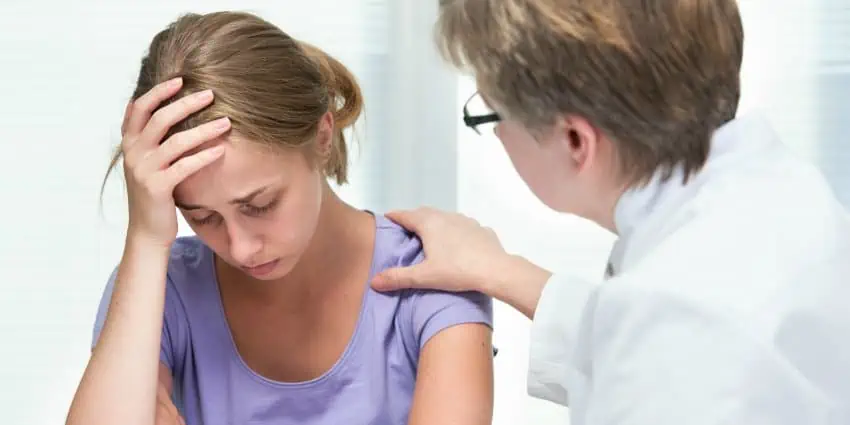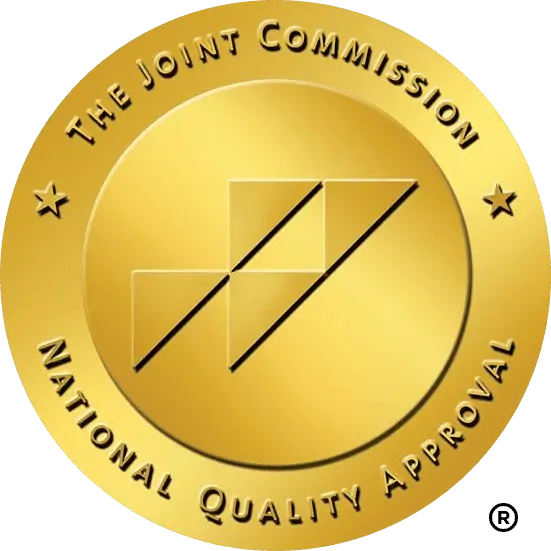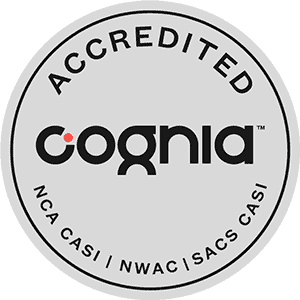As it currently stands, nearly one-fifth of our nation’s teens experience symptoms of a mental illness at any given time. Among those millions of teens, 50-70% will experience mental health issues before the age of 18. When it comes to the rehabilitation of said mentally ill teens, early intervention can mean the difference between overcoming mental illness during adolescence and suffering life-long mental health-related issues.
With that in mind, the troubled teen experts at Turning Winds want to urge parents to learn about the most common mental illnesses that most commonly affect today’s teenage demographic.
Below, we have provided parents with a brief, albeit, intimate look at today’s most common, teenage mental illnesses. We hope that by educating parents about the most common mental health disorders affecting our nation’s, they will be encouraged to seek the most appropriate treatment for their son or daughter if and when the time comes for them to do so.
The Most Common Mental Illnesses Among Troubled Teens
Anxiety Disorders
Apart from depression, anxiety disorders are the most common type of mental illnesses affecting America’s teens today – roughly 6% of teens are diagnosed with an anxiety disorder at some point in their lives.
Anxiety disorders are defined as mental illnesses that are characterized by severe feelings of worry, anxiousness, or fear. These anxious-fueled symptoms are typically debilitating enough to interfere with a teen’s day-to-day living significantly. For anxiety-afflicted teens, standard teenage worries – such as talking in front of other people, performing in school or other activities, putting time into how they look, etc. – are intensified, which makes it difficult to complete even the most mundane tasks or goals.
Attention Deficit Disorder (ADHD)
Attention-Deficit Disorder, or as it is more commonly known as, ADHD, affects nearly 5% of teens. ADHD is characterized as a chronic condition including the inability to pay attention, hyperactivity, and regularly acting on impulsive behaviors.
ADHD is an illness that typically lasts long for long periods of time – in many cases, symptoms are lifelong – meaning that it is not a diagnosis that can be cured. However, with the assistance of intensive therapy, ADHD-affected teens can learn and develop new skills which allow them to live healthily normal lives.
Major Depression
For those unfamiliar with the disorder, major depression is characterized as feeling intense sadness that are severe enough to impair an individual’s ability to carry on with their everyday lives. Major depression also happens to be the most prevalent illnesses affecting teens, today. According to the National Institute of Mental Health (NIMH), roughly 9% of teens are affected by major depression. Of these millions of teens, 70% report to having a severe impairment.
While it is quite common, depression is also one of the most dangerous illnesses; one that requires immediate, professional, psychiatric treatment. Failure to receive such treatment can result in tragic consequences, especially in the case of adolescents – a demographic whose third leading cause of death is by way of suicide.
This notion is especially troubling considering that nearly 60% of majorly depressed teens do not receive treatment for their potentially fatal illness.
Depression is commonly treated with a combination of clinical therapy sessions and medications. However, it should be noted that traditional therapy is not always useful in the case of treating the most severe kinds of depressive symptoms. For severely affected teens, residential treatment is by far the most viable option.
How Does Turning Winds Academy Rehabilitate Mentally Ill Troubled Teens?
An indispensable part of the Turning Winds therapeutic boarding school program is that clinical services are carried out by experienced professional therapists. Upon admission to our boarding school, each resident is assessed by a clinician using a variety of techniques, including formal testing, to determine their unique psychosocial and mental health needs. After the assessment, an individual treatment plan is created by the treatment team in order to address the needs of the individual.
Teens have regular individual counseling sessions with treatment clinicians. The predominant therapy orientation in use at Turning Winds is well-known and validated “Cognitive-Behavioral Therapy” approach, although clinicians draw from a variety of theoretical schools of thought, depending on the needs of the teen. Periodically, teens participate in co-therapy sessions involving two or more clinicians. Also, several members of our treatment team meet with teens from time to time to assess their progress and provide direction, and parents are frequently asked to participate in person or by phone in family therapy sessions. Some challenges require more frequent interventions. Decisions are made flexible, on a case-by-case basis.








